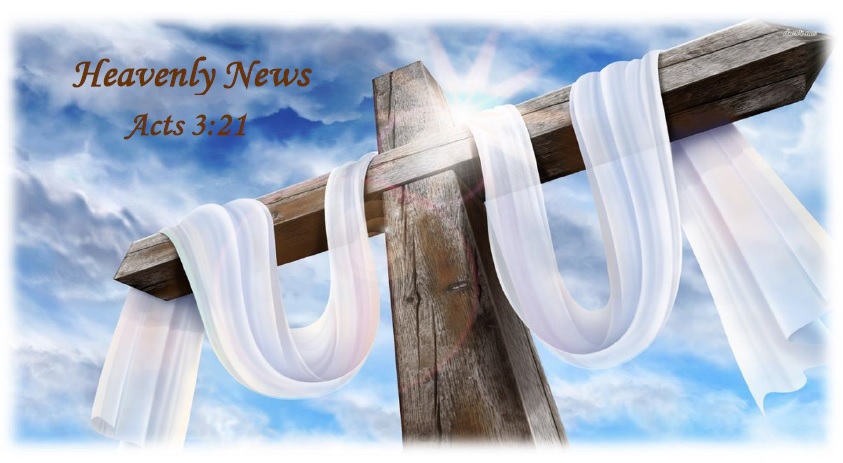The Maccabean Era (165–63 B.C.)
Historical Situation
An elderly priest named Mattathias, of the house of Hasmon, lived with his five sons in the village of Modein, northwest of Jerusalem. When a Syrian official tried to enforce heathen sacrifice in Modein, Mattathias revolted, killed a renegade Jew who did offer sacrifice, slew the Syrian official, and fled to the mountains with his family. Thousands of faithful Jews joined him, and history records one of the most noble demonstrations of holy jealousy for the honor of God.
After the death of Mattathias three of his sons carried on the revolt in succession: Judas surnamed Maccabeaus (166–160 B.C.), Jonathan (160–142 B.C.), and Simon (143–134 B.C.). These men had such success that by December 25, 165 B.C., they had retaken Jerusalem, cleansed the temple, and restored worship. This event is commemorated today as the Feast of Hanukkah (Dedication).
Fighting continued in the outlying areas of Judea, with several futile attempts by Syria to defeat the Maccabeans. Finally, under the leadership of Simon, the Jews received their independence (142 B.C.). They experienced almost seventy years of independence under the Hasmonaean dynasty, the most notable leaders of which were John Hyrcanus (134–104 B.C.) and Alexander Jannaeus (102–76 B.C.).
Religious Developments
The most significant religious development of this period resulted from a strong difference of opinion concerning the kingship and high priesthood of Judea. Over hundreds of years the position of high priest had taken on some obvious political overtones. Emphasis had not been upon the Aaronite line but upon political strength. Orthodox Jews resented and resisted this development. When John Hyrcanus became governor and high priest of Israel, he conquered Transjordan and Idumaea and destroyed the Samarian temple. His power and popularity led him to refer to himself as a king. This flew in the face of the Orthodox Jews, who by this time were called Pharisees. They recognized no king unless he was of the lineage of David, and the Hasmonaeans were not.
Those who opposed the Pharisees and supported the Hasmonaeans were called Sadducees. These names appeared for the first time during the reign of John Hyrcanus, who himself became a Sadducee.

So inspirable story. Thank u for posting
ReplyDeleteYou are very welcome. Am happy that you benefited from it.
Delete